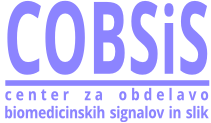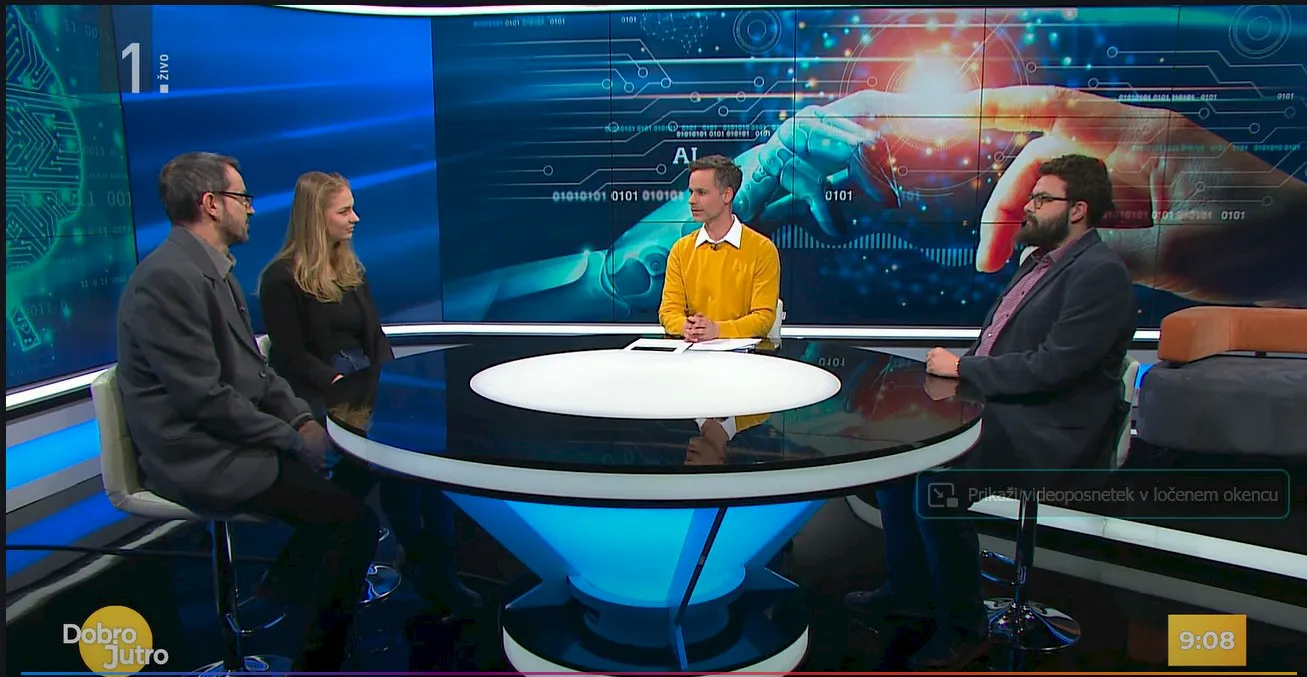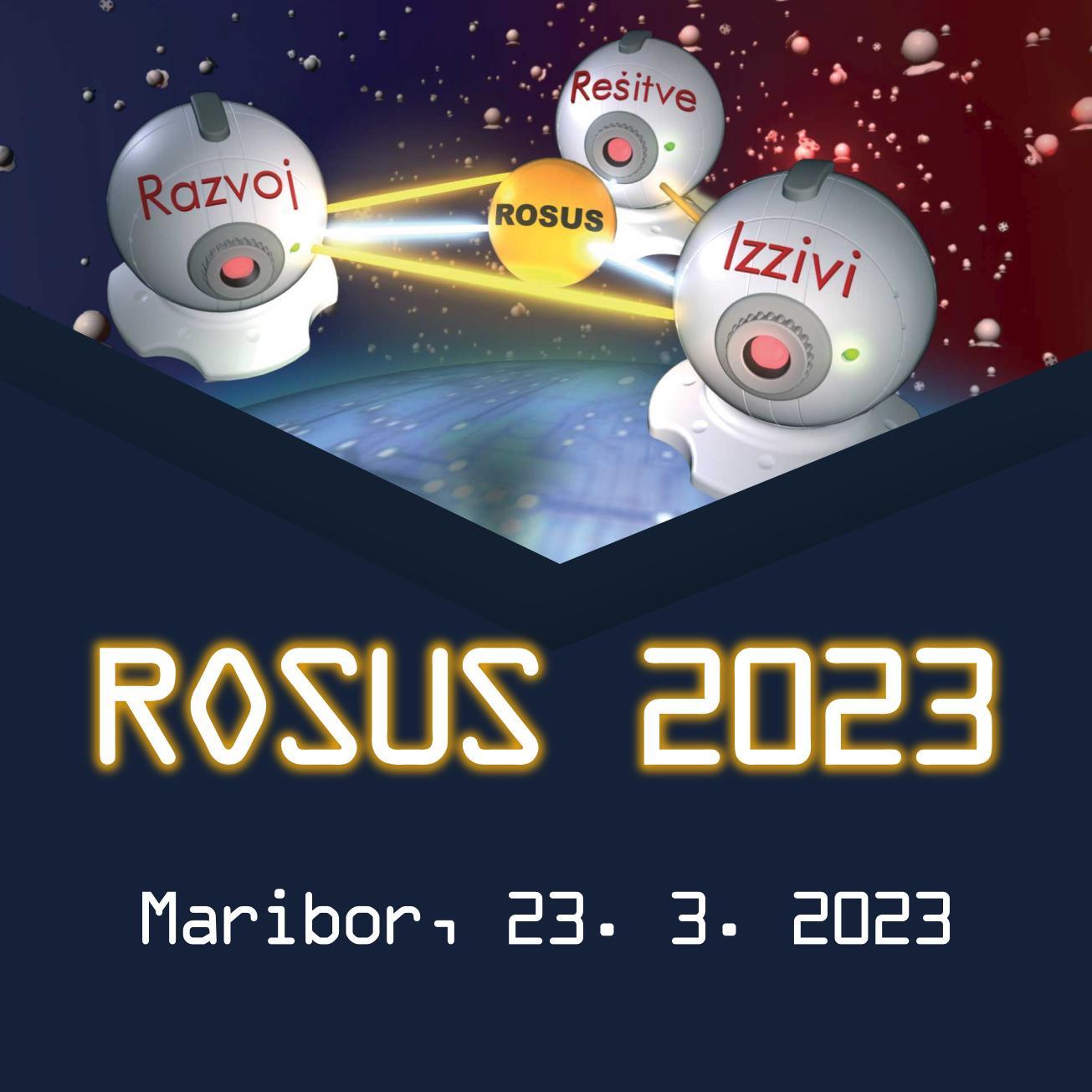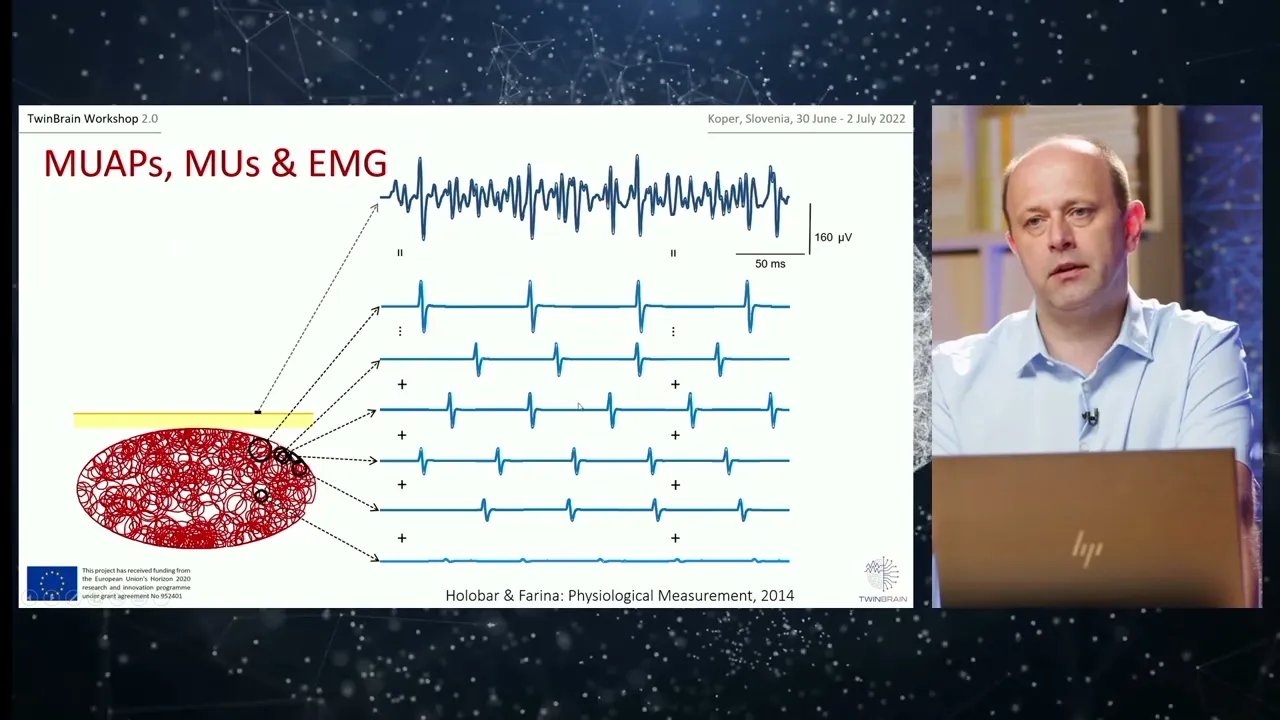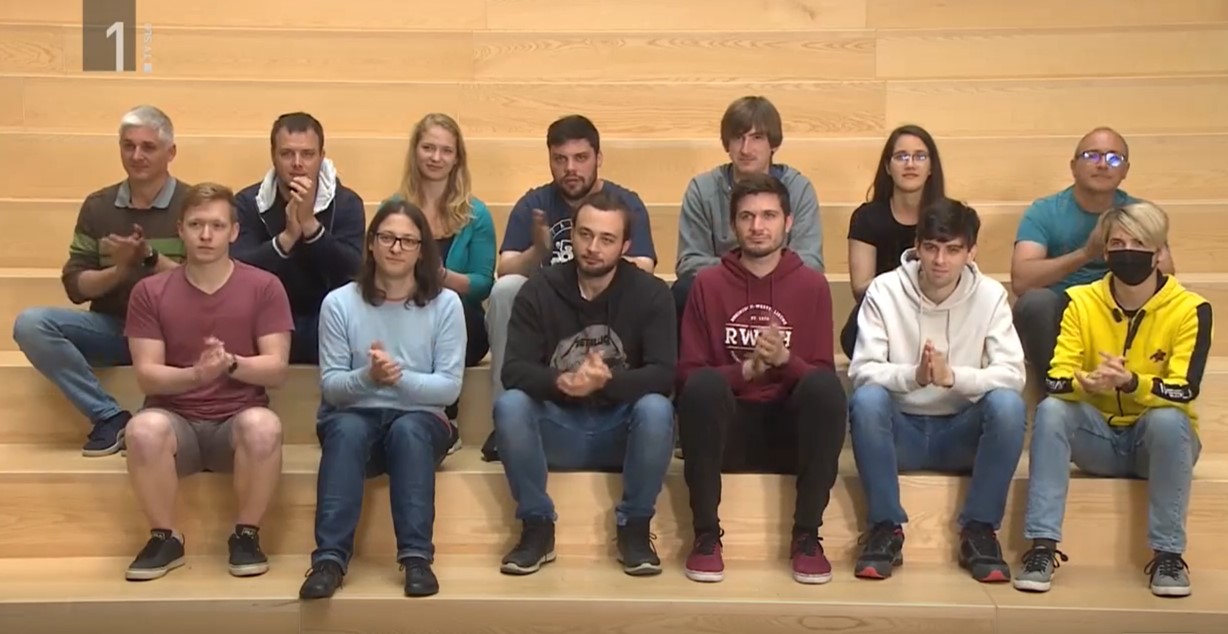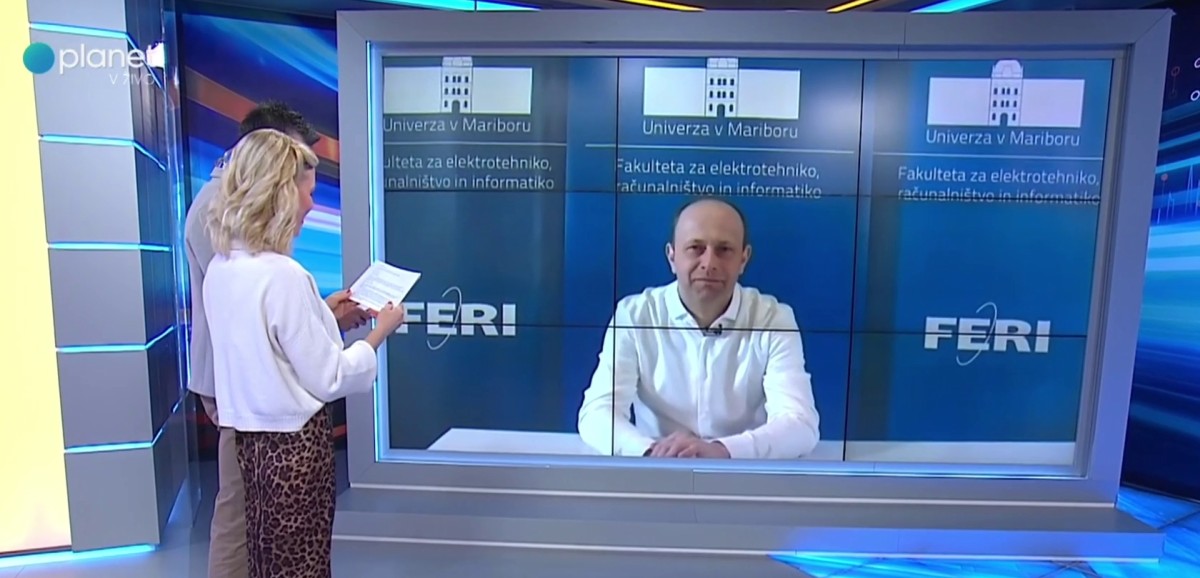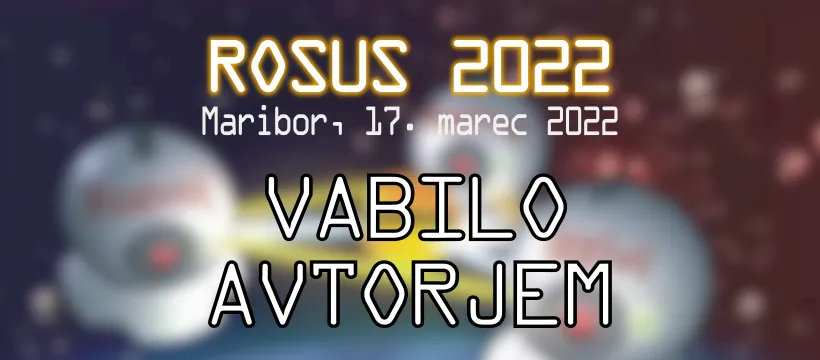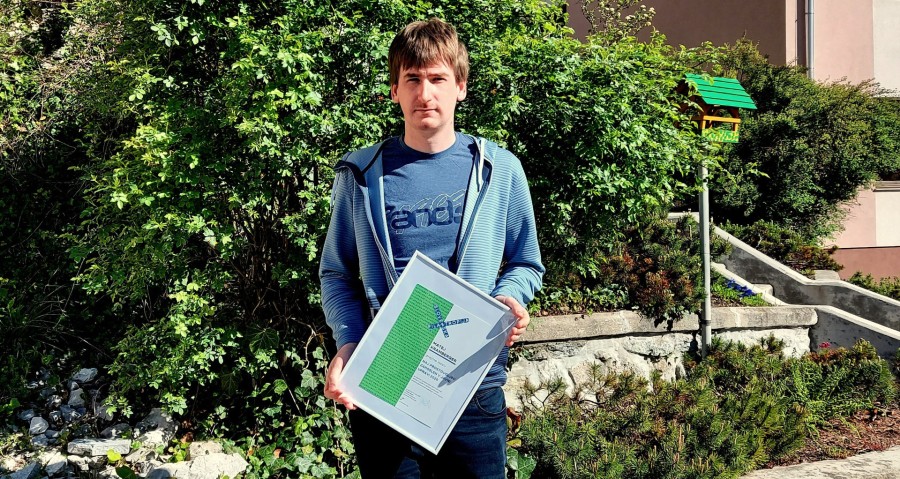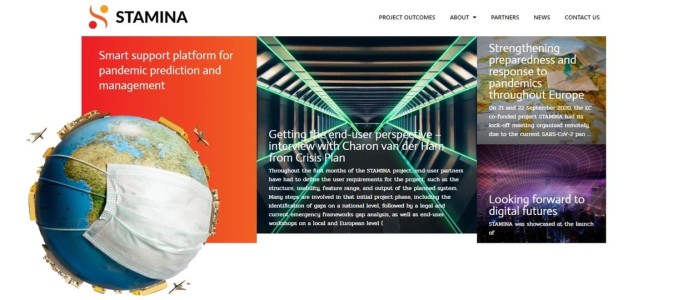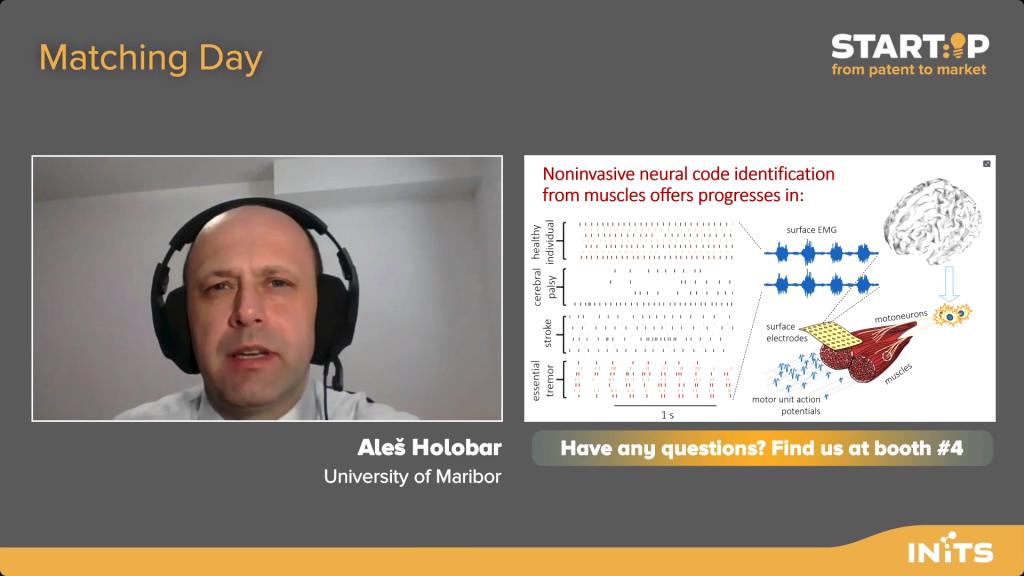|
Projects
|
Teaching
|
Other
|
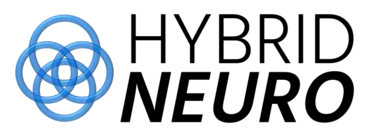
Hybrid neuroscience based on cerebral and muscular information for motor rehabilitation and neuromuscular disorders EU project: GA No. 101079392 Duration: Jan. 1st, 2023 – Dec. 31th, 2025 HybridNeuro project combines the expertise of leading European partners in the field of Neural Interfaces to set up a new pathways of analyzing human motor system and human movements and transfer the academic research into clinical and industrial practice.
CMAP
Decomposition of compound muscle action potentials Basic research project, cofounded by Slovenian Research Agency (J2-1731) Project duration: July 1st, 2019 – June 30th, 2022 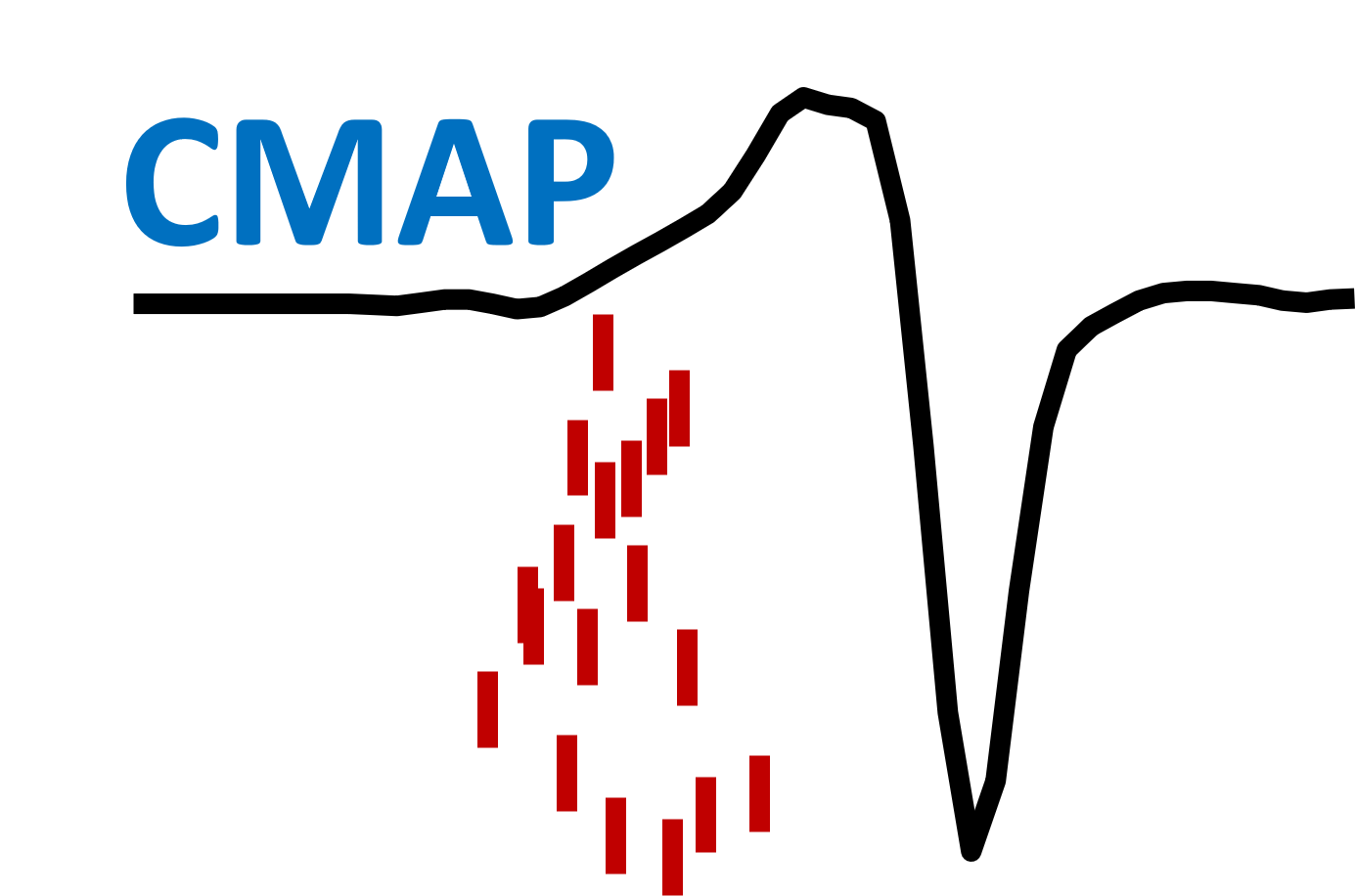
In cooperation with the experts from the Medical Faculty at University of Maribor and Science and Research Centre Koper we are developing new computer-aided techniques for analysis of compound muscle action potentials, recorded by surface electromyograms and their decomposition into contributions of individual motor units. Objective and accurate assessment of skeletal muscle excitation patterns and their interactions after stroke (Scientific collaboration between the Republic of Slovenia and United States of America from Jan. 1, 2018 to Dec. 31, 2019) 
In this bilateral project, surface EMG methodology developed at the University of Maribor has been applied to investigate the main characteristics of muscle excitations in hemiparetic stroke subjects, recruited by Shirley Ryan AbilityLab, Chicago, USA.
Camera4Health
Observation of appearance and physiological parameters in elderly to assess the aptness of their independent living (Scientific collaboration between the Republic of Slovenia and the Republic of Bosnia and Herzegovina from Jan. 1, 2016 to Dec. 31, 2016) Within this research project, we are dealing with the design, evaluation and implementation of a system able to detect the human vital signs using only facial video information coming from a standard handheld device camera.
MIO-A
Exact quantification of muscle control strategies and co-activation patterns in robot-assisted rehabilitation of hemiparetic patients 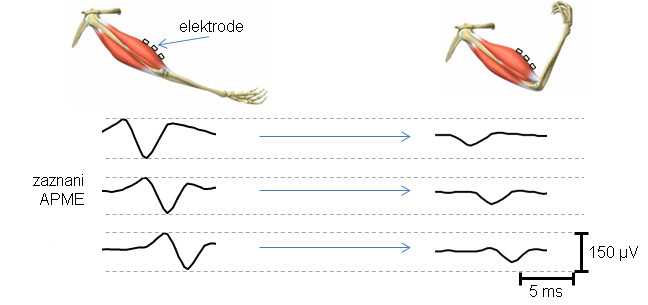
Basic research project MIO-A started in collaboration with University Rehabilitation Institute of Republic of Slovenia – SOČA. This three-year project aims to introduce and validate unique assessment of muscle activities during robot-assisted rehabilitation of hemiparetic patients and is funded by Slovenian Research Agency.
Observation of appearance and physiological parameters in elderly to assess the aptness of their independent living
(Scientific collaboration between the Republic of Slovenia and the Republic of India from Jan. 1, 2015 to Dec. 31, 2017) Within this research project, we are dealing with unobtrusive observations of human vital functions by using intelligent sensors and video devices. Sensor measurements are combined with the information extracted from the videos in order to determine the aptness of observed person for independent living.
L5-5550
Definition of non-invasive marker for skeletal muscle atrophy: from validation to application Muscle atrophy is a well well-known that defines the loss of muscle mass as a result of illness or injury, unbalanced diet or lack of physical activity. Despite the growing number of researches exploring the findings of muscle atrophy and analyzing its implications, there are still many unresolved issues, especially in terms of objective indicators, methods and procedures of its assessment. The main objective of this project is to define and develop non-invasive procedures for assessment of skeletal muscle atrophy and hypertrophy based on the mechanical response thickening, movement and vibration of muscle fibbers as well as neuromuscular electrical activity.  Essential and Parkinsonian rest tremor are the most frequent movement disorders that hamper independent life of about 9 % of people above the age of 50. They are also among the most commonly misdiagnosed neurologic disorders. About 30 % of patients diagnosed with essential tremor, for example, do actually not suffer from this disorder. The main objective of the NeuroTREMOR project is to design and validate a novel computer-aided system for understanding, diagnosing and remotely managing tremor. |

Members of the System Software Laboratory teach several courses at the bachelor’s level of the university and higher-professional programmes, and at the university master's and doctoral levels. We cover topics of operating systems and system software, logical circuits, computer-system design, testing computer hardware and software, signal and image processing, computer vision, and pattern recognition. Goals, teaching methods, prerequisites, grading, and theoretical and practical lessons are presented for each course. (Slovene only) 
Student projects Students of bachelor’s university and higher-professional programmes are involved in student projects. In the second and third year of studies, they enrol one of two available projects whose practical topics and aims are refreshed every year. Each of the projects combines 8 elective courses that fit given project purposes best. (Slovene only) |

The ROSUS conference intends to promote digital image processing (including computer vision) and the implementations in Slovenia, where it is irrationally overlooked, at least to our experience. The conference also emphasises an urgent need to integrate and accelerate the knowledge among the research institutions, industrial partners, developers, and users. (Slovene only)
Defended theses
Members of the System Software Laboratory supervise postgraduate and graduate student theses. Defended works are listed here, including the titles of doctoral, master’s and diploma theses, names of their supervisors, dates of defense, and links to the full content when published on web. |
-

DEMUSE - software for decomposition of multichannel surface electromyograms
-

-

System design:
ECG measurements by an oven handle (The Biomedical Engineering Competence Centre project SAMinZDRAV) -

System design:
Intelligent shoes (The Biomedical Engineering Competence Centre project SAMinZDRAV) -

Laboratory members
-

Computer vision:
The Lokomat based human gait monitoring (EU FP 7 project BETTER) -

Studnet projects
-

Project VIDERO (Virtual Delivery Room)



